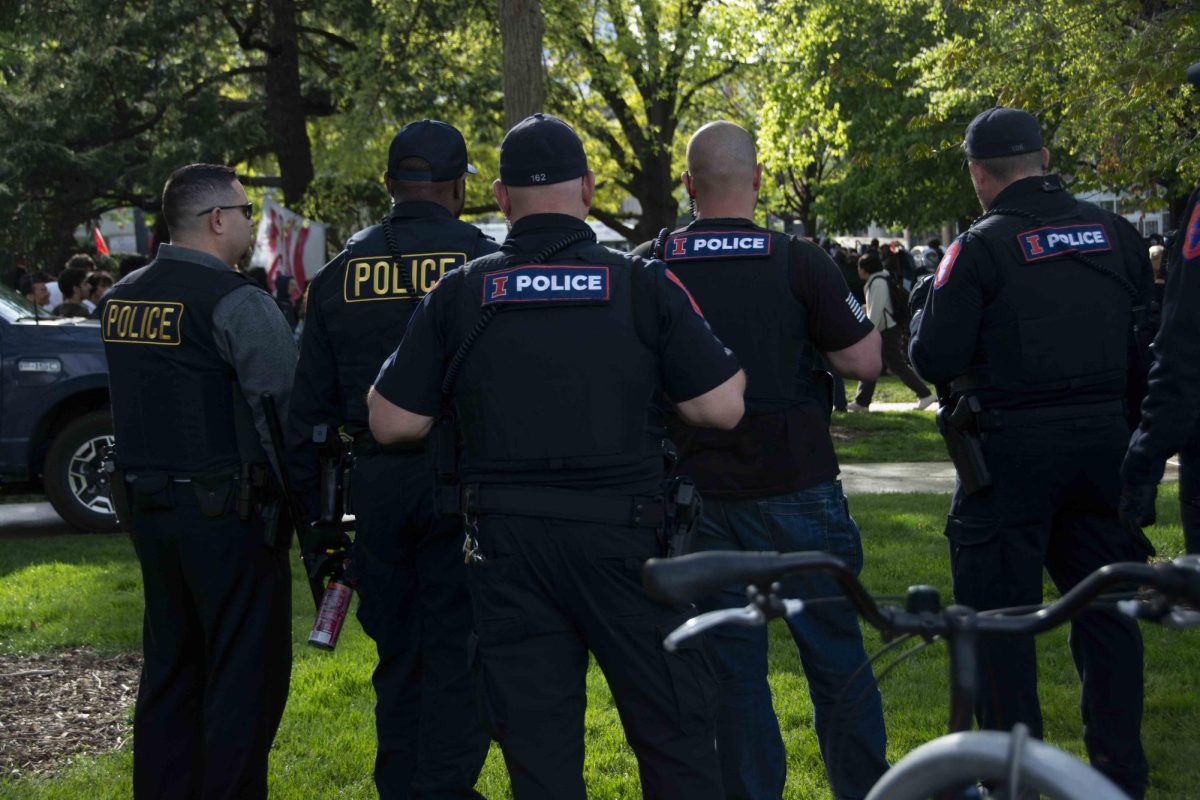It has been about two months since Latasha Davis moved into The Church of Saint Mary’s in Champaign.
Before then, Davis, representative for the Safe Haven temporary community for homeless people, said she was living “anywhere she could.”
According to a 2008 survey by the Social Impact Research Center, the level of poverty in Champaign County rose from 16 percent in 2000 to 20.2 percent in 2008.
With this rise in homelessness across the county, Champaign community members said it does not have the resources necessary to assist the homeless.
“It seems like with the homeless here, they (the city) put you on the back burner,” said David Nash, council member for Safe Haven.
Get The Daily Illini in your inbox!
However, Nash said the city of Urbana is willing to help members of Safe Haven find a location to live, recommending eight–by–eight foot collapsible units called “micro houses.”
“It’s a quick and easy thing to put together, living wise,” Nash said. “Its collapsible in case you have to move.”
Davis said Safe Haven provides a community to tenants, rather than being just a shelter.
“We were homeless, but we formed a community of people that can rise above homelessness,” Davis said.
Nash said other centers serve as “emergency shelters,” as opposed to Safe Haven’s community atmosphere.
Davis said many local homeless shelters in the Champaign area have been turning individuals away due to constraints such as space.
Derrick Barbee, Champaign resident and member of Safe Haven, said he has been living at the center for about two months. He said he feels Champaign does have the resources to help the homeless, but does not allocate them well.
Barbee said before his stay at Safe Haven, he was renting an apartment from a friend; however, he could not afford to stay. He said he has visited other neighborhoods to look for work.
Darlene Kloeppel, social services director at the Champaign County Regional Planning Commission, said a majority of the county’s homeless individuals live in Champaign–Urbana because of the services provided to them.
“There are lots of resources, food pantries, shelters,” Kloeppel said.
Bob Glenzinski, executive director of the Self Help And Resource Exchange program, said his organization has been helping the homeless and those in financial need in Illinois for 22 years.
“It’s a great way for people to stretch their food dollars,” Glenzinski said. “It’s open to everyone.”
Glenzinski said the program is operated almost entirely by volunteers.
He added that there are around 5,000 volunteers involved in the statewide program.
According to the Salvation Army Web site, their Social Services Office provides individuals with emergency food as well as clothing.
Sarah Meents, social services director for the Champaign outlet, said the office sees “anywhere from 100 to 150 people a day,” adding that these numbers increase during the winter.
According to Davis, multiple factors affect homelessness.
“Some people are homeless because they need to clean up their credit,” Kloeppel said. “Others (are homeless) because of domestic violence.”
He added that shelter often makes the difference between life and death during the winter months in the Champaign area.
“I know they have said I’m bad for society, but isn’t a dead body on the street worse?”




